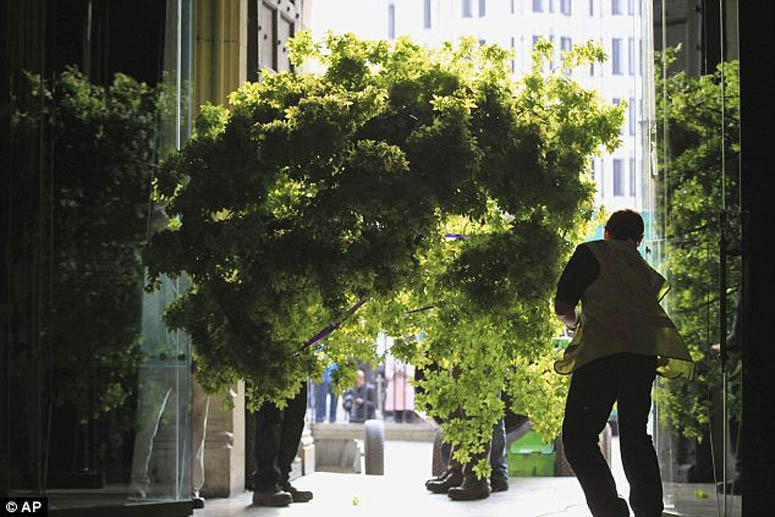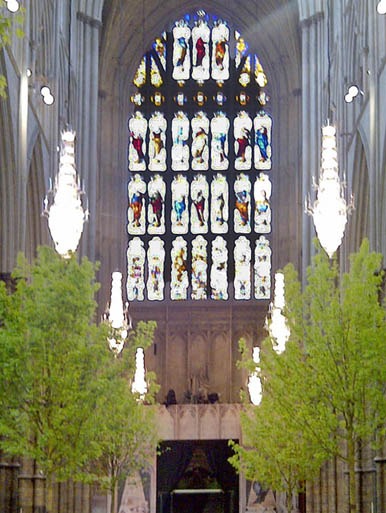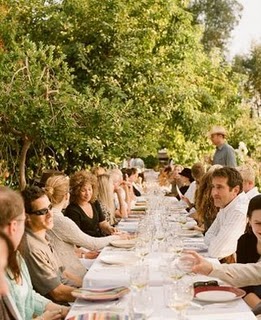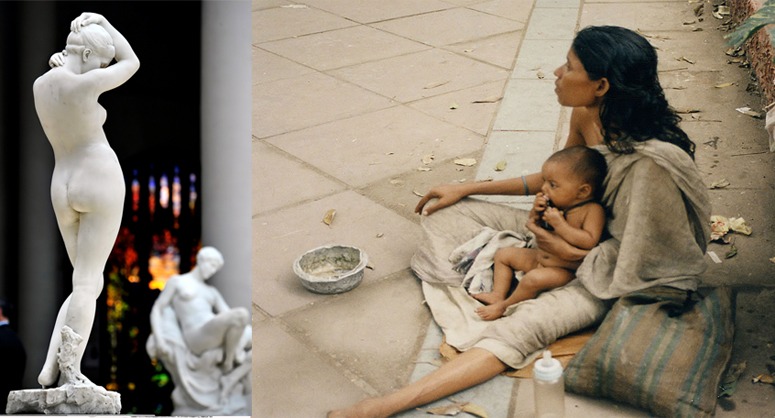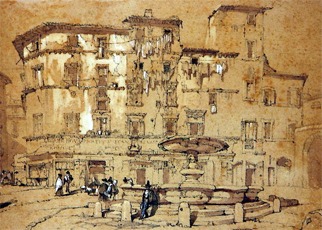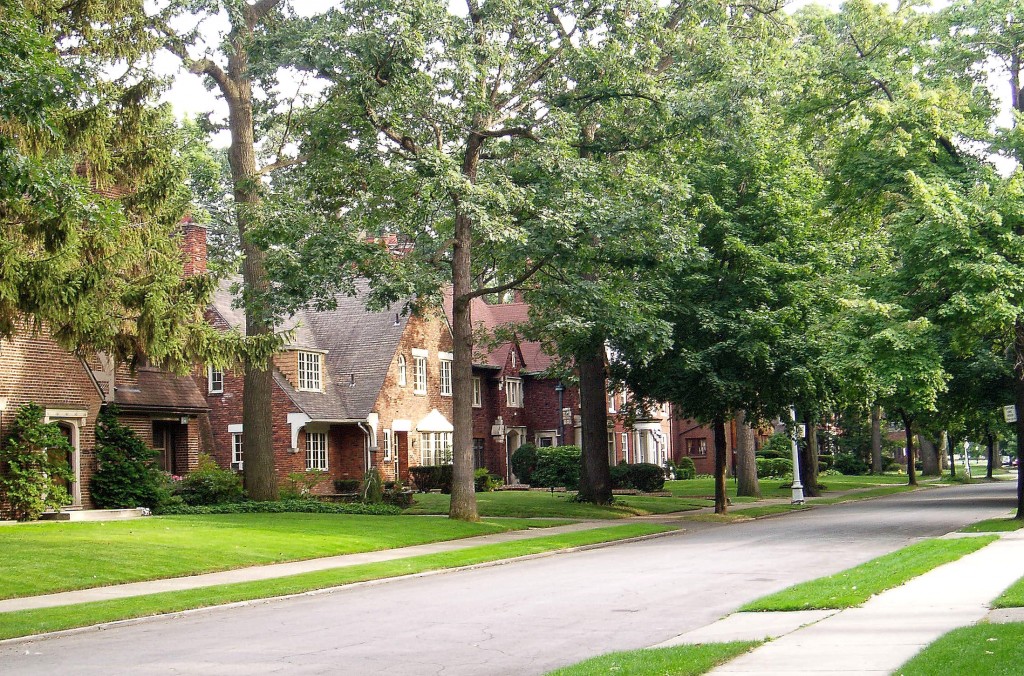Monty Don, in a recent TV series on the gardens of Italy, remarked that his friends know he has visited a lot of gardens and often ask him ‘What is the best garden in the world?’. So, while visiting Ninfa, he told us: ‘This is it’. I too have visited a lot of gardens and, though I could not name a ‘best garden’ have ventured a list of The World’s Top Ten Gardens. My list does not include Ninfa. Nor have I been there, but I would like Monty to be questioned or psychoanalysed to discover the reasons for his choice. My theory is that Monty Don is more interested in plants and planting than art and design. I like him as a presenter but despair of his garden history and regret his being such a gusher. Critics should be critical and, to be fair, he did visit Isola Bella to say ‘it’s kitch but I love it’.
Image courtesy sunshinecity

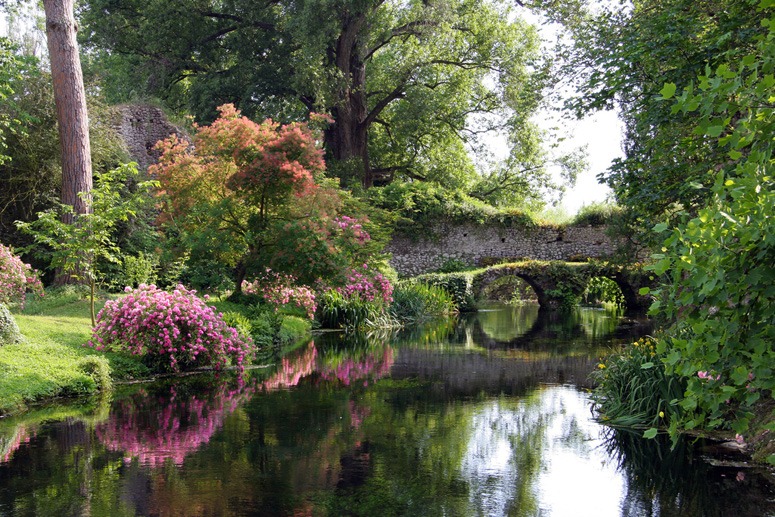
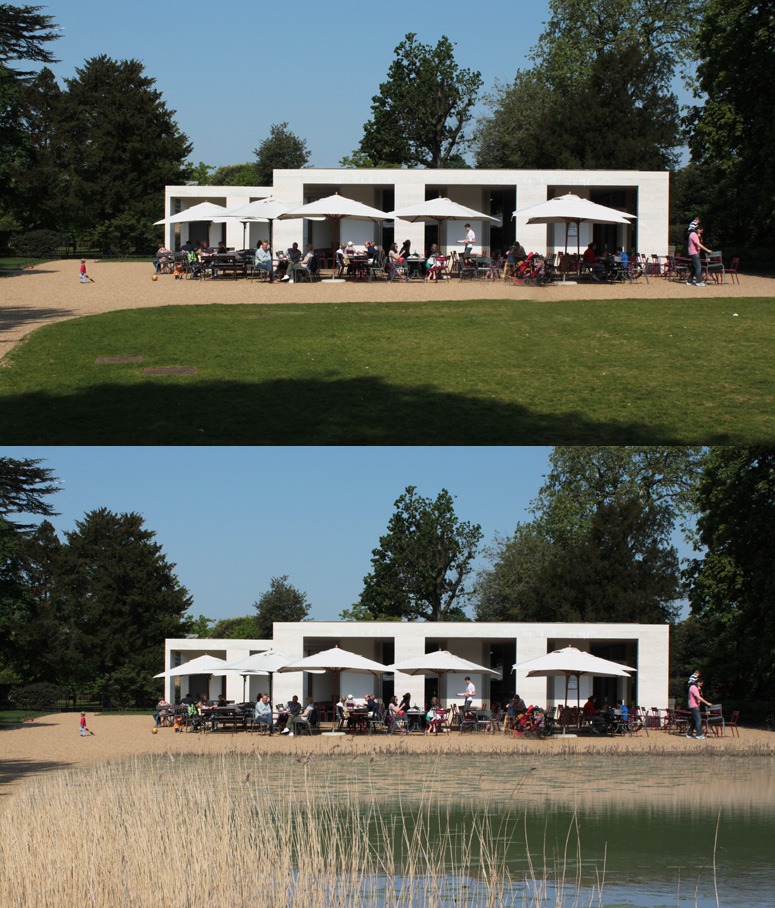

![chiswick-house-4115 08.39 [Converted]](http://www.gardenvisit.com/blog/wp-content/uploads/2011/04/chiswick-house-plans-garden5.jpg)
